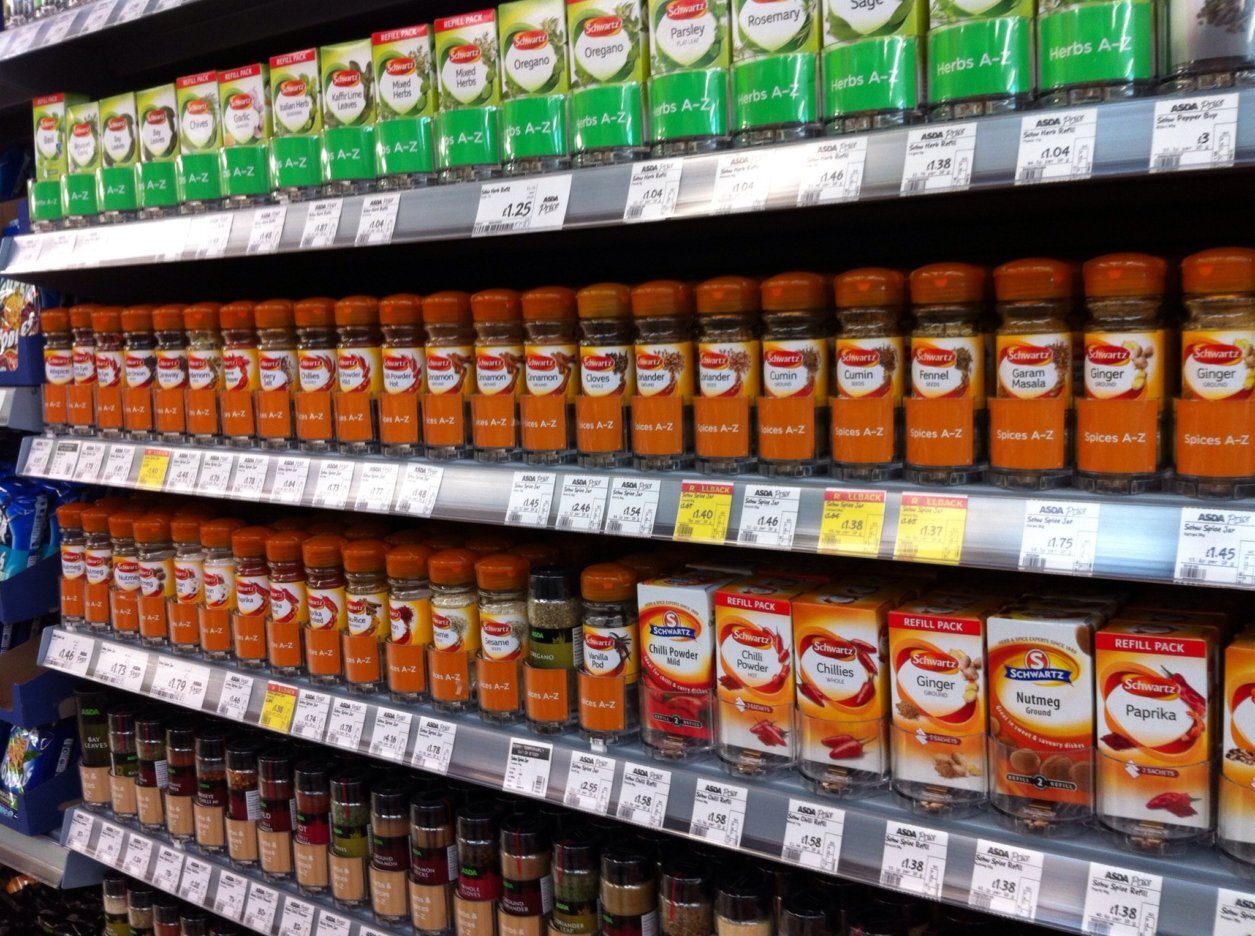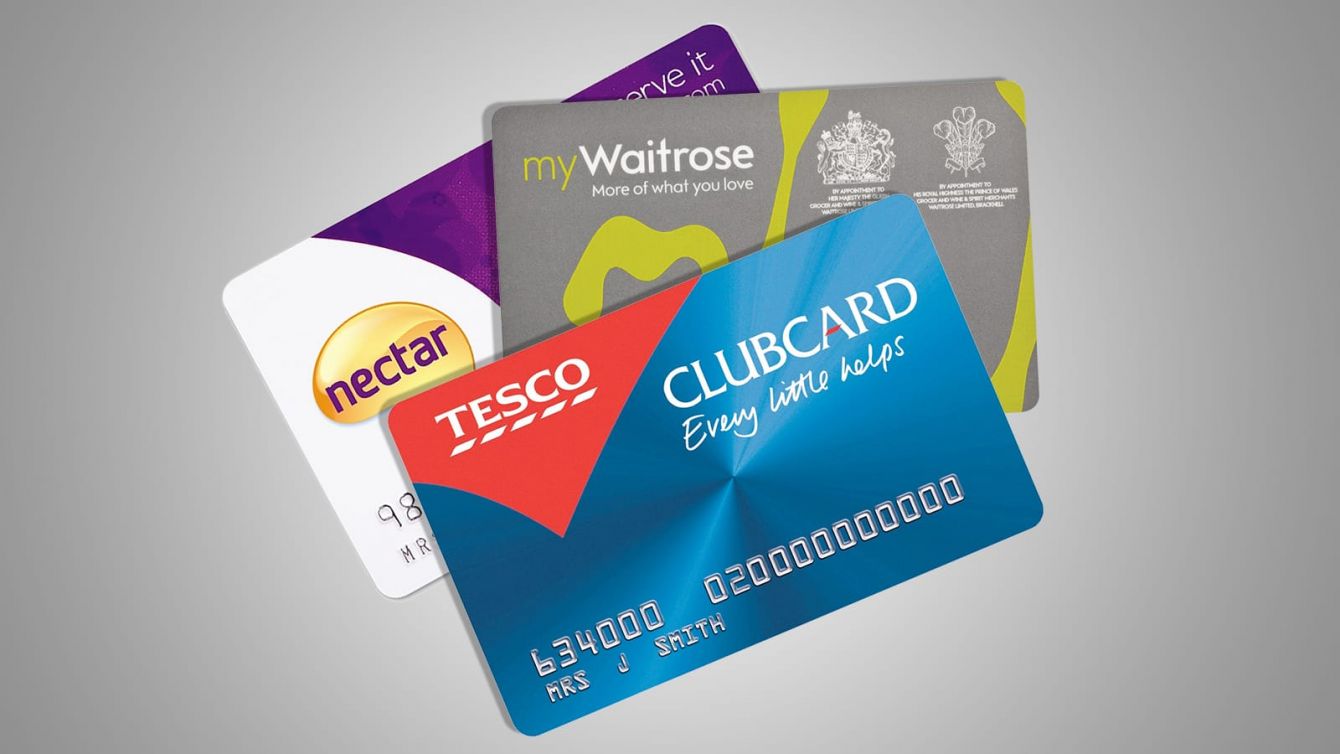 Unless you’ve been living under a rock for the past year (and I know that is sometimes how it has felt!) you will have noticed that consumer and shopper behavior has changed significantly over the last twelve months. One of the challenges we face is to understand which new behaviors will stick, and which will change again, perhaps reverting to the way things were before. But predictions are hard at the best of times. We need to find a way to build predictions that we can be confident in, and ways of converting those into plans. What can we take from 2021 shopper trends and how can we apply them to our own plans?
Unless you’ve been living under a rock for the past year (and I know that is sometimes how it has felt!) you will have noticed that consumer and shopper behavior has changed significantly over the last twelve months. One of the challenges we face is to understand which new behaviors will stick, and which will change again, perhaps reverting to the way things were before. But predictions are hard at the best of times. We need to find a way to build predictions that we can be confident in, and ways of converting those into plans. What can we take from 2021 shopper trends and how can we apply them to our own plans?
57% of marketers are stupid, apparently!
Apparently a majority of marketers don’t see it this way. According to a survey from Dentsu, 43% of marketing leaders are unsure what will happen as we come out of the pandemic. Really? That means that a whopping 57% of marketers are confident that they know exactly how consumers and shoppers will behave after the pandemic! Which to me implies that 57% of marketers are over-confident and mind-warpingly stupid! (that was so nearly the title of this article!)
We don’t KNOW, but that’s not a reason to wait
We don’t know. No-one knows! Smart marketers know that they don’t know. We might have ideas, hunches and forecasts. But we don’t know! But that is no reason to wait. We can’t wait! We have to act! So how to take all of these 2021 shopper trends reports and data and turn into a meaningful prediction, something that we can use as a basis for our plans with confidence?
Differentiate between fact and fiction-based-on-fact
Often the reports we read blend history (fact-based) and forecast (fiction usually based on fact) to make the story that they want to tell. As we do when analyzing any research, we need to go back to the source. Firstly, what is the fact/fiction/forecast based on? Historical behavior might feel like ‘fact’, but of course it depends on how it is recorded. Observations are close to ‘fact’. Questionnaires based on memory less so. And forecasts based on ‘what will you do in the future’ type questions are even more dodgy. A soundbite that says ‘24% of shoppers say they will continue to shop online after the pandemic’ does NOT necessarily mean that ‘24% of shoppers will continue shopping online after the pandemic’!
What does it mean? It means that “24% of respondents in some way felt that the right answer to the question was to indicate that they might continue shopping online in some way after the pandemic”. The answer is loaded with conditioned response, belief (what I think I’ll do), vagueness (what does ‘continue’ mean? What does ‘after the pandemic mean’?)
I’m not saying we should ignore any data that isn’t a hard cold fact. What I am saying is that we need to remember where it came from: what was the source of the data. What was the question and how was it asked.
There is no such thing as ‘shoppers’
Beware headlines that say ‘shoppers say xyz’. It tempts us to believe that there is this homogenous group called shoppers (or consumers) who behave in a certain way. For example, ‘Consumers remain mindful of “discretionary” spending’ from this McKinsey Report on Post-Covid shopping. (I know, when will McKinsey get the difference between shoppers and consumers!?!). the headline suggests that everyone is bracing for a recession: but reading further suggests that only 40% of consumers are in this camp. Inverting that answer gets us to 60% of consumers are NOT mindful of discretionary spending. Would you draw the same conclusion from that headline? Possibly not.
We call this the ‘invert the answer’ hack. We teach it in our insights training (along with a brilliant insights process and loads of other hacks to get powerful insights that research agencies rarely spot).
You don’t care about ‘all shoppers’
‘Invert the answer’ is a really useful insight hack but it has its heart in a simple truth. Actually, we don’t care about the 40% or the 60%. We care about (usually) a smaller group. We care about our target shoppers. Unless you are targeting 100% market penetration, you don’t care about all shoppers. You don’t have to win with every shopper. You only have to win with a small subgroup. Your target shoppers.
How to make 2021 shopper trends actionable?
So how can we cut through the fact and forecast dilemma? How can we make sense of this and turn 2021 shopper trends into actionable plans? It’s complicated, but there are three simple steps that I’d strongly recommend.
Focus on your target shopper
As stated above, you don’t have to win with all shoppers. So we need to cut through to consider the behavior of our target shoppers. Who are they? How has their behavior changed? What is likely to happen to their behavior. If you have access to the data that is great, but even if you don’t, this can be a great thought-experiment. Just take the macro data you have and challenge yourself to consider where your target shopper sits within the spectrum of answers.
‘Why’ is the key question to help interpret 2021 shopper trends
This is magic. The key to predicting what your target shoppers are likely to do isn’t a crystal ball, but it is something almost as magical. Why. Understanding why people do what they do is a fabulous indicator as to what will happen next. We’ve built a fabulous framework called Shopper Economics™ which helps you do just that.
Take this pandemic. Before the pandemic, people shopped in a certain way, and they did so for a reason. For example, some people didn’t shop online because they didn’t want to pay the delivery charge. The pandemic changed their behavior, because it made (some people) more worried about their health and safety than they were by the delivery charge. So they switched to online. For those people, once health and hygiene issues disappear, the delivery charge still stands. So they might be likely to switch back to offline shopping.
At the same time, some people didn’t shop online because they were concerned about the quality of their perishables. Again, those will have switched to online for the same reason – concern about health and hygiene. But maybe when they tried the service, they were delighted with the freshness and condition of their fruit and vegetables. Their “why’ has changed. These people would be more likely to stay online.
Remember it’s a forecast, which is almost the same thing as a guess
Remember it’s a forecast. It’s a guess! An educated guess, but we don’t know. And that means that we are probably, if not certainly, wrong. With forecasting it isn’t about right or wrong. Our goal is to reduce how wrong we are! But rest assured, your forecast will be wrong! So the final part of the key to successfully interpreting 2021 shopper trends is to acknowledge that. Our forecast is wrong.
The trouble is we don’t know in advance what is wrong or by how much. Which means, more than ever, we need to track. We need to monitor. We need to evaluate. We need to learn from our actions: see what works, see what doesn’t, see what changes.
Three steps to create real value from generic shopper trends
Before you can hope to create value from 2021 shopper trends reports you need to dig deep. Consider who your target shopper is. Consider what we know (fact) about them. Consider what we think might happen. To turn fiction into forecast you need to consider the ‘why’ behind the behavior, as this makes predictions a lot more reliable. We need to use clear behavioral frameworks such as Shopper Economics to guide us. And we need to recognize that our forecasts, no matter how good they are, are still fiction, so we need to monitor and evaluate and track, even more than usual.
If you’d like help understanding how to do this, please get in touch, or check out our training programs on shopper insights, and building shopper activity and shopper communication. If you’d like to know more about Shopper Economics and how to apply that, please get in touch!




